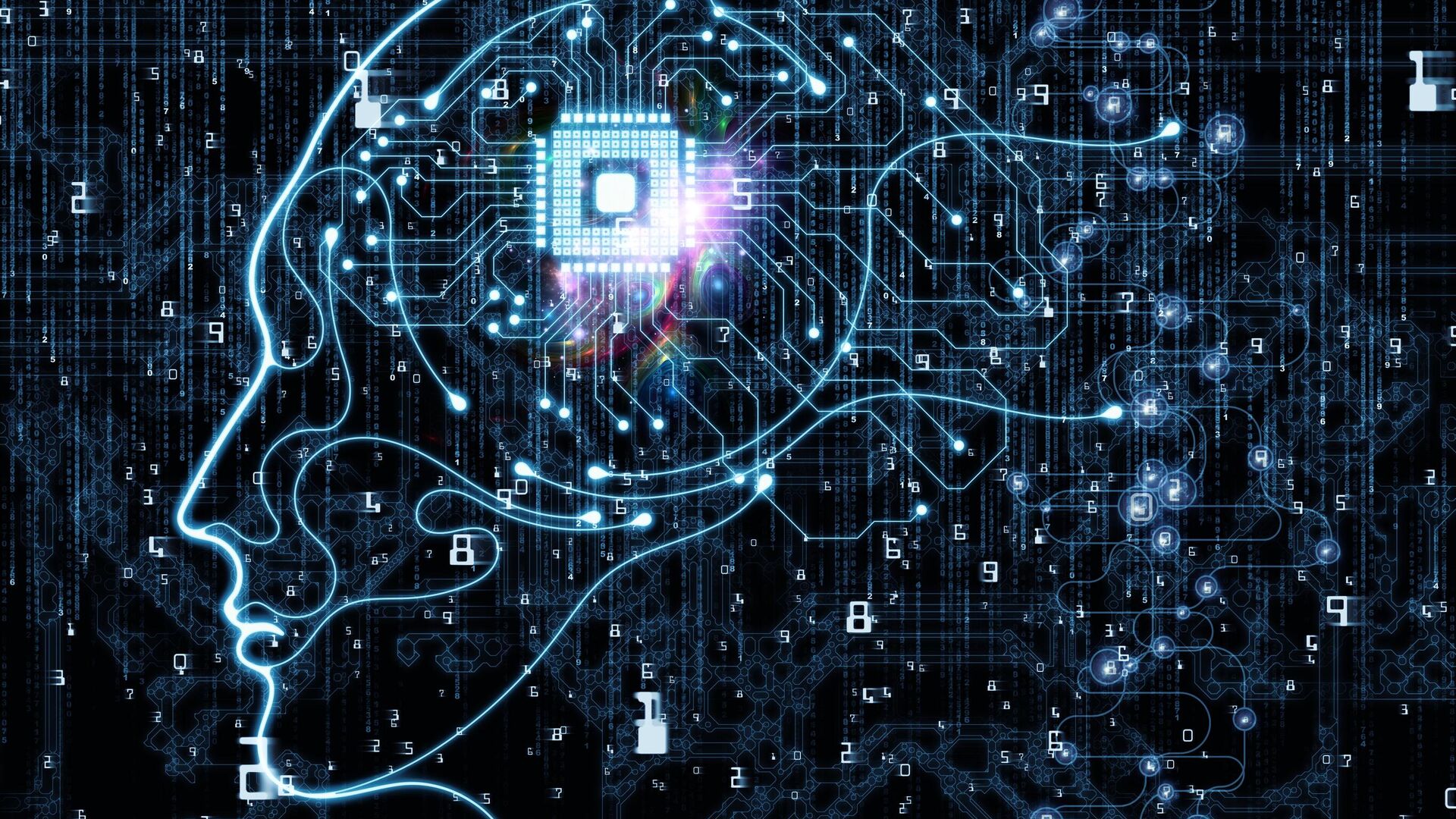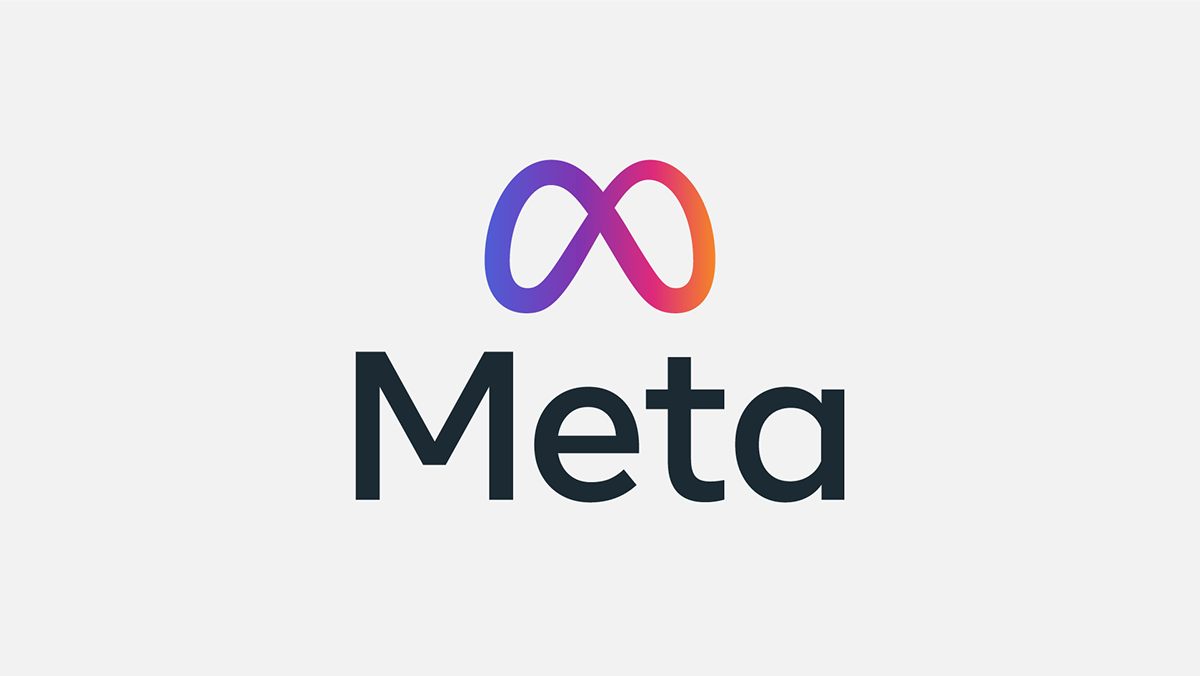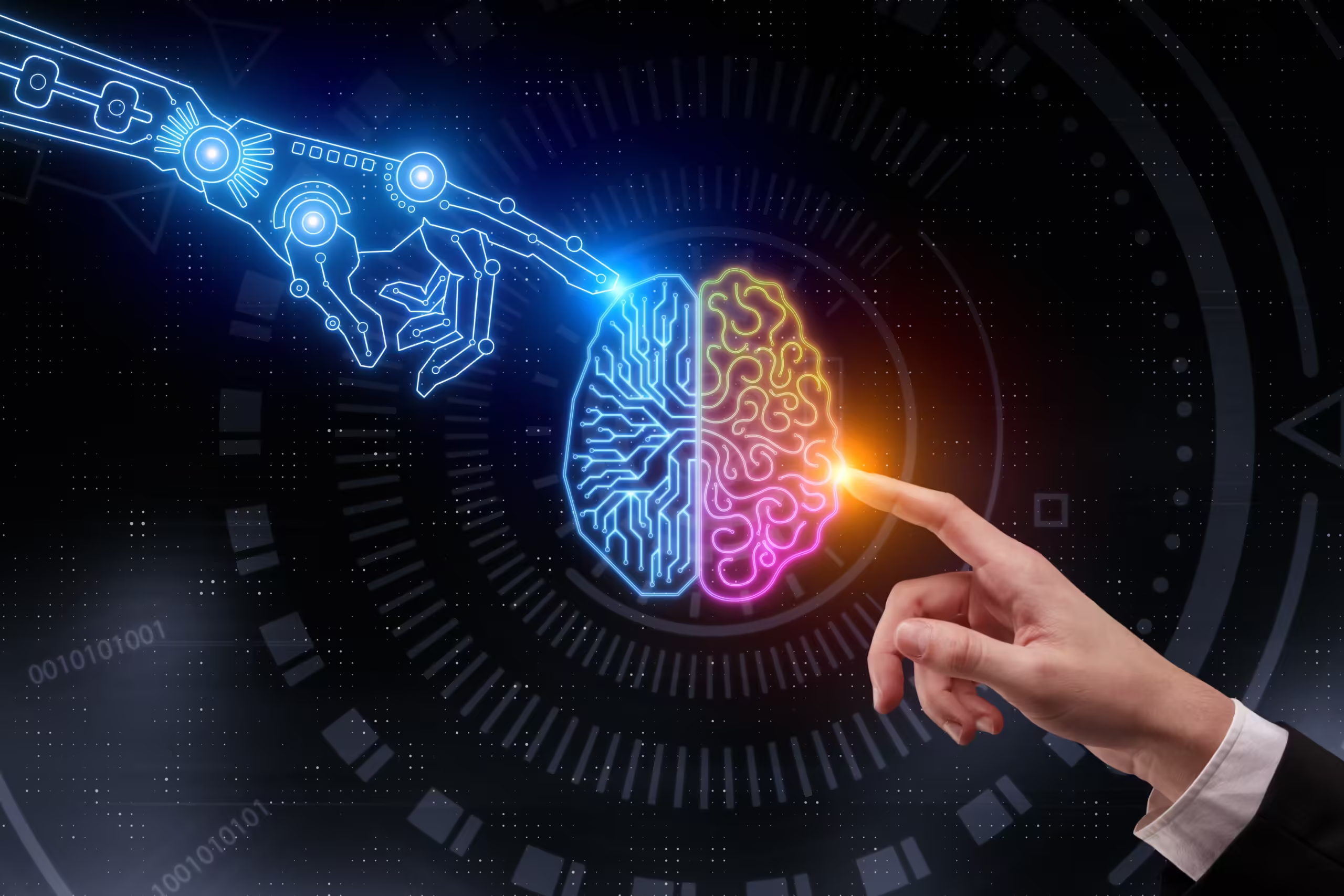As cyber threats grow in sophistication, conventional strategies of defending structures and networks have become much less powerful. Artificial Intelligence network behavior analysis evaluation is emerging as a transformative answer, providing dynamic and clever protection in opposition to evolving threats. By analyzing patterns and behaviors within networks, this method enables identify and neutralize threats earlier than they cause harm.
In this blog, we’ll discover what AI-powered behavioral evaluation is, its role in cybersecurity, and how artificial intelligence network conduct analysis is shaping the destiny of digital defense.
Introduction to Artificial Intelligence network behavior analysis
Artificial Intelligence network behavior analysis evaluation leverages artificial intelligence (AI) to display and analyze community activity, identifying styles that imply capacity threats. Unlike traditional cybersecurity systems that rely on predefined regulations, this technique makes use of device gaining knowledge of and AI to discover anomalies and adapt to rising risks.
With the assist of artificial intelligence network conduct evaluation, cybersecurity systems can:
- Detect unusual patterns in person and device pastime.
- Identify insider threats and 0-day assaults.
- Reduce reaction times to cyber incidents.
How Artificial Intelligence network behavior analysis Works
1. Data Collection
AI structures collect facts from diverse resources, along with community traffic, consumer pastime, and endpoint gadgets.
2. Pattern Recognition
Using superior algorithms, the machine identifies everyday behavioral patterns in the community.
3. Anomaly Detection
When deviations from these patterns occur, the gadget flags them as capability threats.
4. Automated Response
Depending at the severity of the risk, the device may additionally take actions along with isolating affected gadgets, alerting directors, or neutralizing the danger routinely.
Example: If a user account attempts to get entry to sensitive files at an unusual time, the gadget flags this behavior as suspicious and forestalls access.
Key Features of Artificial Intelligence network behavior analysis
1. Real-Time Monitoring
AI continuously monitors network activity, permitting on the spot detection of unusual behaviors.
2. Self-Learning Capabilities
Machine learning algorithms improve through the years, adapting to new patterns and threats with out guide updates.
3. Threat Prioritization
Not all anomalies are vital. AI-powered structures prioritize threats based totally on potential impact, decreasing false positives.
4. Comprehensive Visibility
The device provides a holistic view of network activities, along with gadgets, users, and applications.
Benefits of Artificial Intelligence network behavior analysis in Cybersecurity
1. Proactive Threat Detection
Traditional structures often react after a breach happens. AI-powered behavioral evaluation identifies threats earlier than they expand.
2. Reduced False Positives
By expertise ordinary community behavior, AI reduces the range of false indicators, allowing protection teams to cognizance on actual threats.
3. Faster Response Times
Automated responses to detected threats substantially lessen the time taken to neutralize assaults.
4. Scalability
AI-powered structures can take care of massive and complex networks, making them appropriate for organizations of all sizes.
5. Cost Efficiency
By automating chance detection and response, groups can reduce reliance on guide processes, saving time and resources.
Challenges of Implementing AI in Cybersecurity
Despite its blessings, Artificial Intelligence network behavior analysis has a few challenges:
1. High Initial Costs
Implementing AI solutions may be high-priced, requiring investment in infrastructure and knowledge.
2. Complexity
Setting up and maintaining AI systems can be technically demanding.
3. Data Privacy Concerns
Collecting and reading consumer statistics increases questions on privateness and compliance with guidelines like GDPR.
4. Evolving Threats
While AI adapts through the years, attackers also are turning into more state-of-the-art in evading detection.
Use Cases of Artificial Intelligence Network Behavior Analysis
1. Insider Threat Detection
AI identifies uncommon sports via employees, such as unauthorized access or facts transfers, preventing insider breaches.
2. Zero-Day Attack Mitigation
By spotting anomalous behaviors, AI can detect and neutralize formerly unknown vulnerabilities.
3. IoT Security
With the proliferation of IoT devices, AI monitors and secures these endpoints from being exploited.
4. Cloud Security
AI tracks activity in cloud environments, making sure that unauthorized entry to attempts are identified and mitigated.
Example: AI tools like Darktrace and Splunk Enterprise use community behavior evaluation to stable cloud infrastructures.
FAQs About AI-Powered Behavioral Analysis
1. What is AI-powered behavioral analysis?
AI-powered behavioral evaluation is the usage of synthetic intelligence to reveal and examine community activity, identifying patterns and anomalies to detect cyber threats.
2. How does synthetic intelligence network conduct analysis vary from traditional methods?
Unlike conventional systems that depend upon static guidelines, AI analyzes dynamic patterns and adapts to new threats, providing proactive protection.
3. What varieties of threats can AI-powered behavioral analysis come across?
It can locate insider threats, zero-day attacks, ransomware, phishing tries, and different advanced cyber threats.
4. Is synthetic intelligence community behavior analysis suitable for small agencies?
Yes, AI-powered answers can be tailored to healthy the wishes and budgets of small organizations, offering scalable protection options.
5. Does AI-powered behavioral evaluation update human cybersecurity teams?
No, it enhances human efforts by automating routine duties and imparting insights, permitting teams to awareness on strategic initiatives.
6. What are the limitations of AI in cybersecurity?
AI may additionally require full-size resources, information, and time to put into effect. It also depends on the satisfactory statistics it analyzes.
7. Can AI take care of encrypted network traffic?
Yes, advanced AI structures examine metadata and visitor patterns even in encrypted environments.
8. How does AI make certain compliance with statistics privateness laws?
AI structures may be configured to anonymize or encrypt data in the course of analysis, making sure compliance with privacy guidelines.
9. What industries gain from the artificial intelligence community conduct evaluation?
Industries like finance, healthcare, retail, and government businesses benefit substantially from more suitable cybersecurity supplied with the aid of AI.
10. What is the destiny of Artificial Intelligence network behavior analysis in cybersecurity?
The destiny entails integrating AI with other rising technology like blockchain and quantum computing for even stronger defenses.
Conclusion
AI-powered behavioral analysis is a groundbreaking advancement in cybersecurity, enabling organizations to proactively stumble on and neutralize threats. With its capability to learn and adapt, synthetic intelligence community behavior analysis offers a scalable, green, and sensible way to safeguard networks against an ever-evolving panorama of cyber threats.
While demanding situations exist, the blessings a long way outweigh the drawbacks, making AI an critical thing of present day cybersecurity strategies. Embracing this technology ensures now not simply safety however also resilience in the face of virtual adversities.
Also visit: https://tehzop.com/artificial-intelligence-tickets/














Leave a Reply